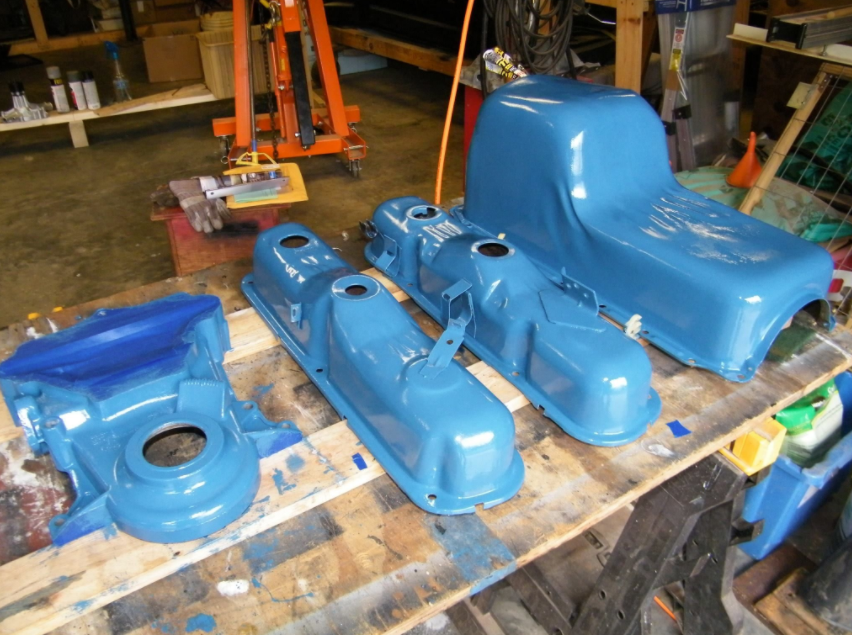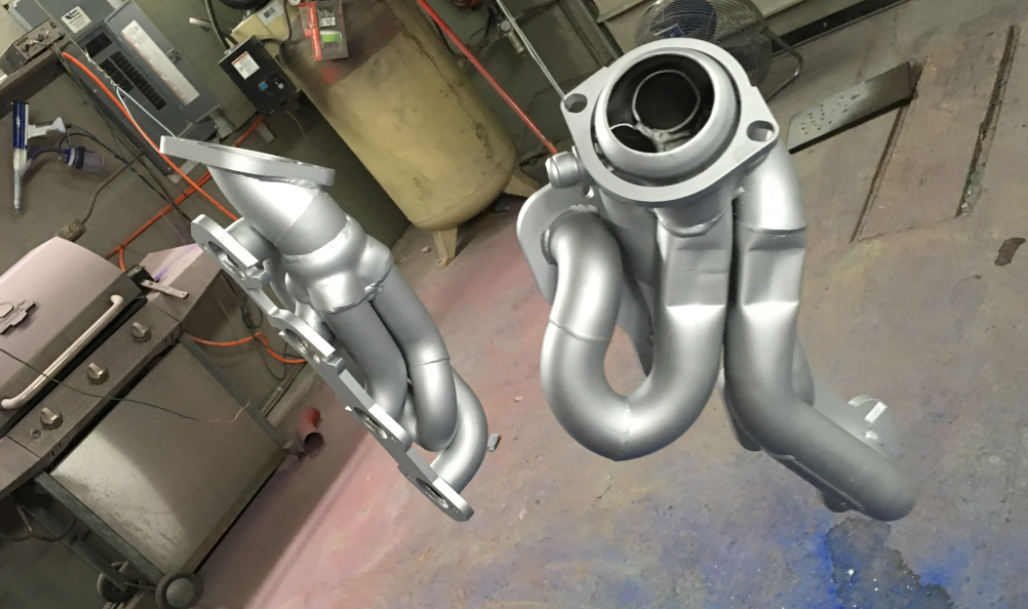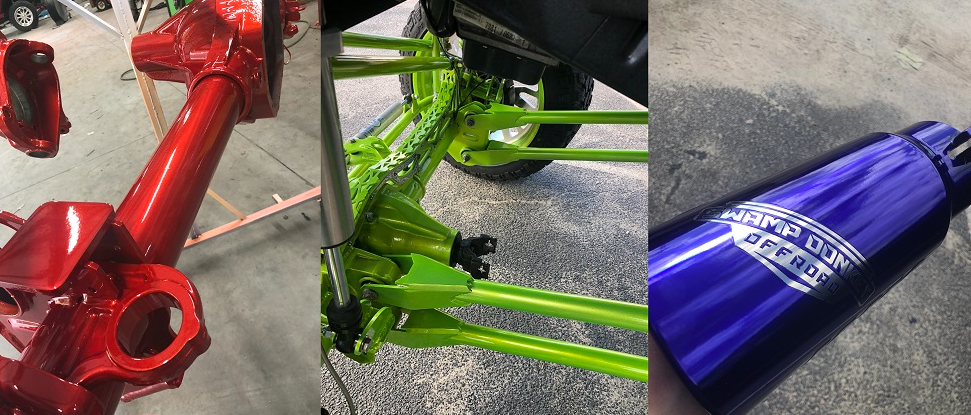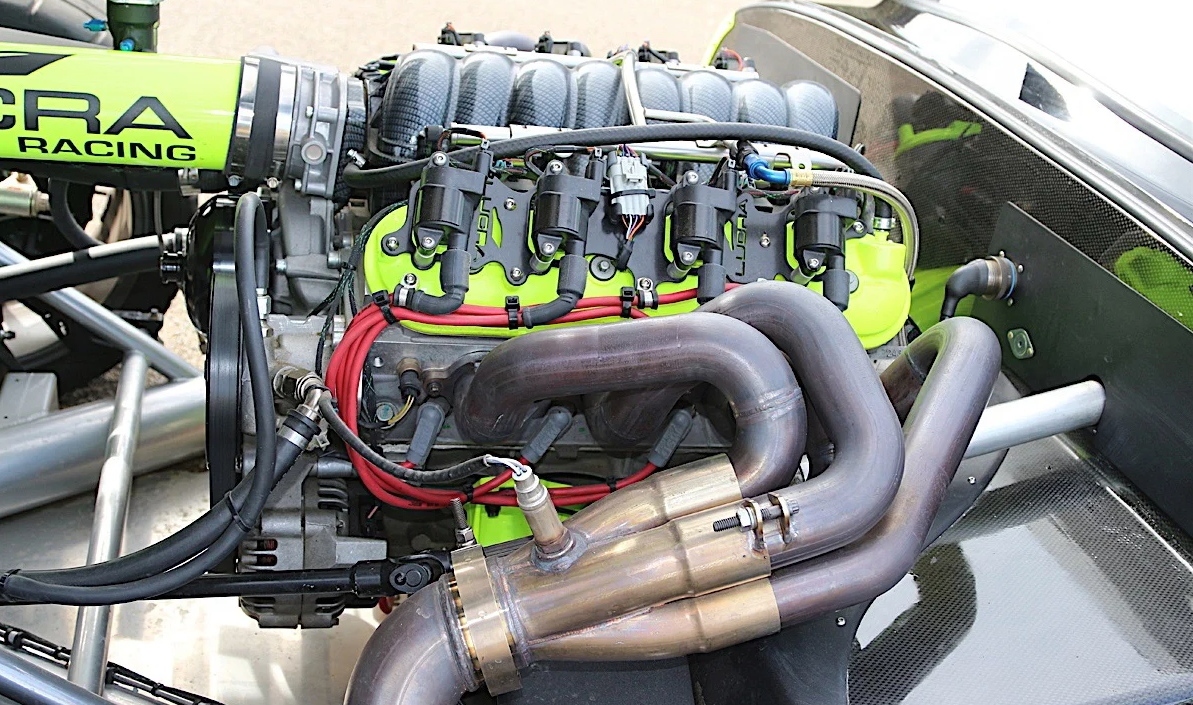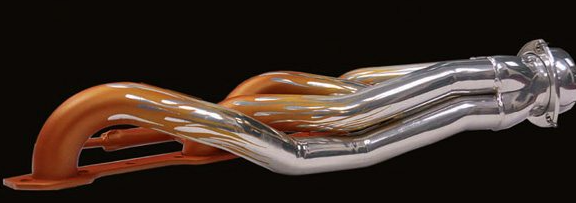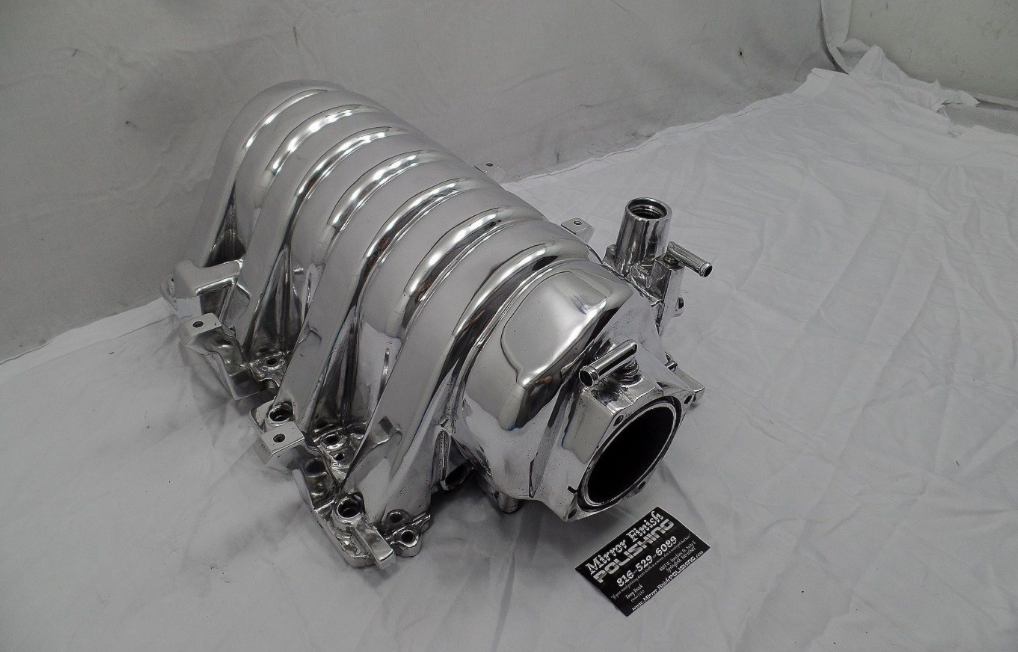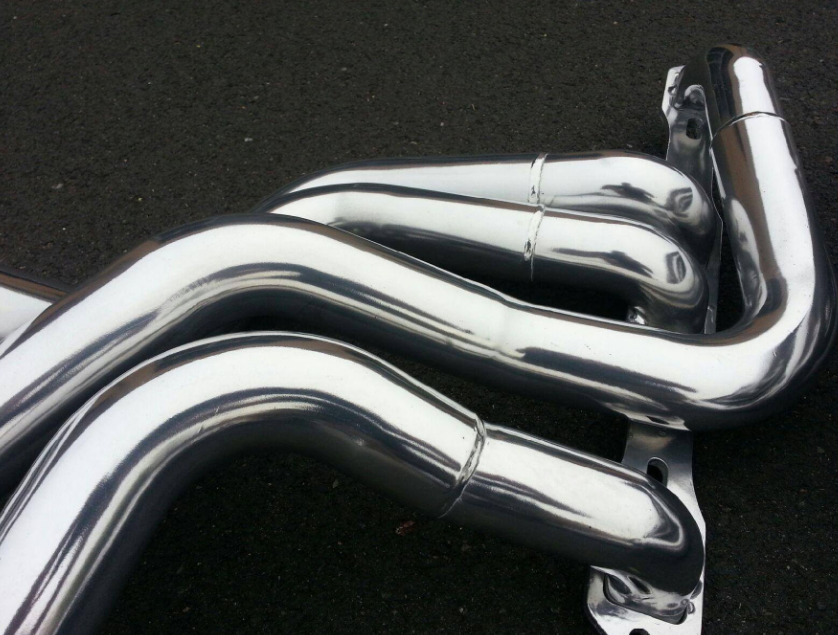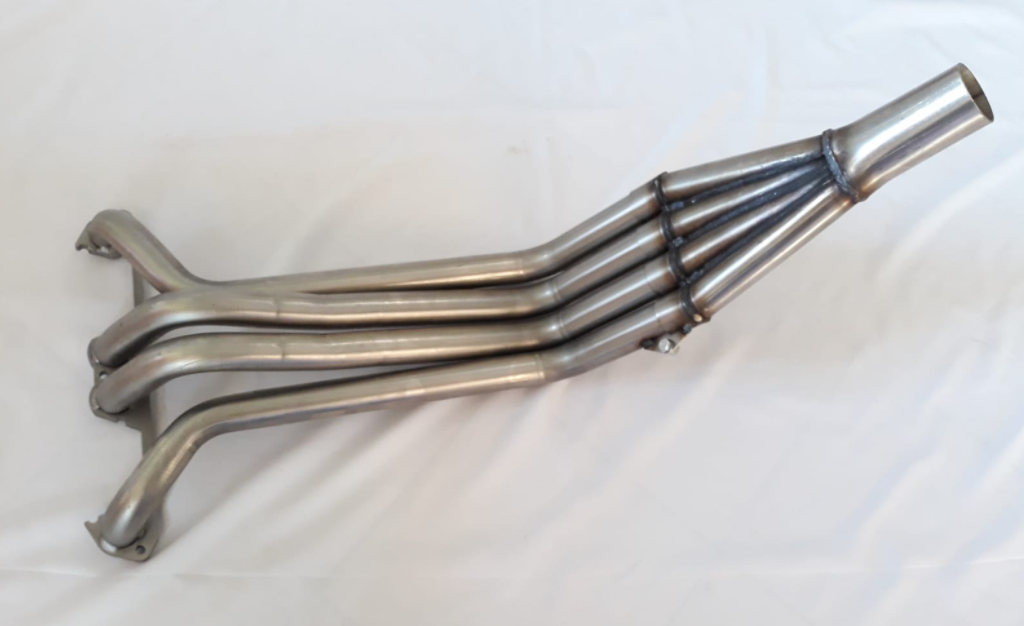Ceramic coating has become one of the trendiest protective paint laminates for vehicles. So many car owners are into ceramic nano-coating for the hype these days. Besides the fanfare, this automotive detailing solution can be a rewarding investment. Car owners looking to maximize value should weigh the pros and cons of ceramic paint protection beforehand.

What is auto ceramic paint coating?
Auto-detailing ceramic or nano-coating is a synthetic liquid polymer used to enhance the exterior aesthetics of vehicles. Detailers often describe it as premium wax. Unlike traditional wax that requires re-application and manifests fair amounts of degradation after a few months, this alternative doesn’t. It lends a resilient protective film that adds an extra layer of protection against abrasive environmental elements. To that end, it provides the following benefits:
- Easy cleaning
Nano-coating has a hydrophobic feature that functions as a water-resistant shield. It impairs the bonding capability of mud, grime, and debris because the film component repels water molecules. Plus, this reduces the need to clean car surfaces vigorously and frequently.
- UV protection
Prolonged exposure to UV rays oxides paint. The effect on car paint is no different. Faded, dulled paint gives vehicles a dated look and also decreases the resale value. Ceramic coating has high resistance capability against UV oxidation. With it, a car owner need not worry about the paint losing its vibrancy.
- Enhances reflective capability
One outstanding feature of using ceramic coating is how it emphasizes the paint job. It intensifies the colors and gives clarity and character to details. The paint finish will look visibly glossier and spotless.
- Abrasion-resistant
Etching and chemical staining can ruin the integrity of any original paint job. Ceramic nano-coating doesn’t necessarily promise invincibility against all surface contaminants, but it has unbeatable resistance qualities. The coat impedes the activity of water molecules that augment contaminants during the bonding process. Any water-based solution that hits the car paint will form beads and eventually glide off the surface.
Misconceptions About Auto Ceramic Coating
There is a lot of ignorance about the pros and cons of ceramic paint protection. The benefits of ceramic coating will send anyone to the auto shop straight away, but is this an ideal approach? Not at all. Every product that has benefits carries limitations too. If the aim is to make an educated decision, consider these drawbacks before investing in ceramic paint protection.
- No auto-clean service
Yes, strangely, some car owners expect this level of protection from the best ceramic coating. Well, this should not incite a moment of angst to demerit the product. After all, washing, cleaning, and polishing are fundamental vehicle maintenance requirements. Plus, occasional paint re-application or retouches are necessary.
- Eliminates water spots
One would agree that water spots can be annoying, but ceramic paint protection will not stop them from forming. Water contains natural minerals that have a residual effect on surfaces. Therefore, it is not weird to see some water spots after evaporation. While ceramic paint protection increases hydrophobic activity, it cannot eliminate all the droplets fast enough to prevent water spots.
- No scratches, chips, or swirl marks?
Vehicles are susceptible to some amount of abrasion. The external paint is liable to suffer superficial scratches during washing and cleaning at the car wash. Furthermore, it can get swirl marks from improper detailing. Rock chips and scratches are a given too. The truth is, nano-coating paint protection promises improved resistance against these elements.
The rave ceramic coating reviews speaks volume about the value it brings to the market. How well it serves the buyer depends on his or her needs and desires. One cannot go wrong after weighing the pros and cons of ceramic paint protection to develop realistic expectations.
In an industry where evolution is constant, ceramic nano-coating stands out as a game-changing product. Furthermore, manufacturers have extended their product lines to adapt to rough plastics, headlights, and even glass.
Want to know where to buy ceramic products for cars? Getting into ceramic nano-coating can be challenging for some first-time buyers because of their inexperience. Consider consulting a well-traveled auto-detailing specialist for expert help with ceramic coating services and it can be the quickest route to get sincere answers to any burning questions too.
For professional Ceramic Paint Protection Services in the Brisbane area, reach out to the team at Timeless Car Cleaning. They have both the skill and many years of experience to ensure your car is looked after with the best of care and to them, no job is too big or too small either.
That way if you do choose to go ahead with ceramic paint protection for your car, you have picked the right people to do it.…


